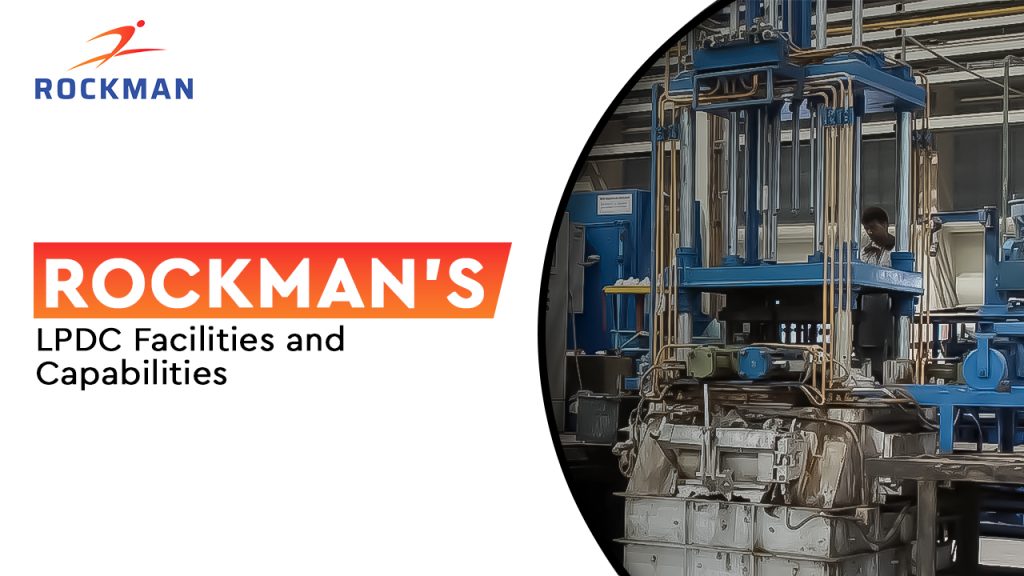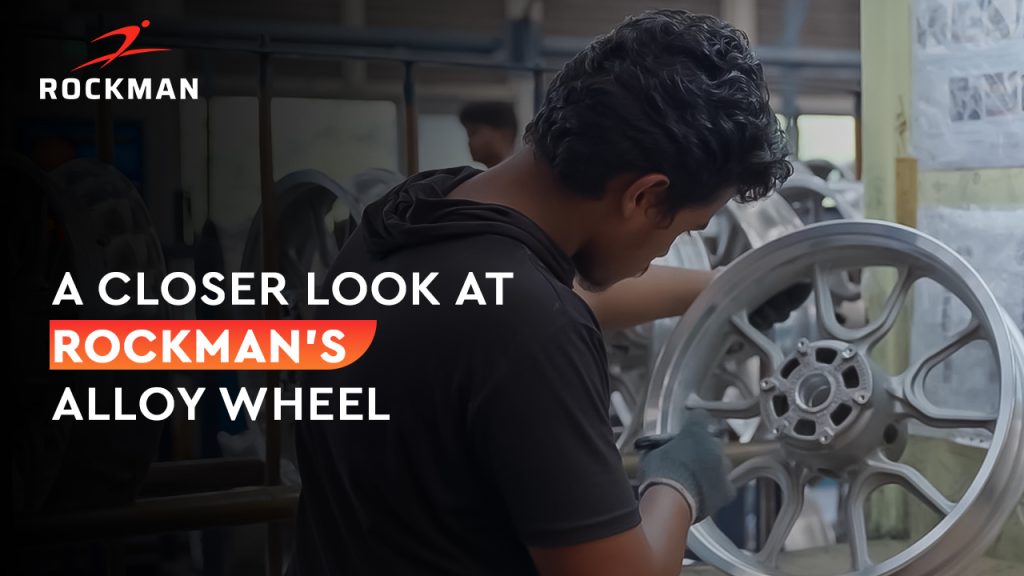
Low-pressure die Casting (or LPDC) may be a technical term in an engineering book, but its effects are real, and literally in your wheels. Whether they are alloy wheels that can withstand the worst roads or structural parts that hold up your car’s frame, LPDC is the reason why so many automotive parts in the modern world are lasting longer and performing at high levels over an extended period of time.
In aluminium die casting, especially, it is not only a process, but it is what defines durability in contemporary vehicles.
Let’s talk about why LPDC matters, how it boosts durability, and what makes parts made this way stand the test of time.
Why Talk About Low-Pressure Die Casting?
Low-pressure Die Casting involves a slow and more controlled process of solidification and filling, giving the component a highly dense & consistent grain structure and low internal porosity. The process ensures exceptional durability and performance of a component.
How LPDC Improves Durability?
Here’s how LPDC makes a difference:
- Less Porosity & Cleaner Casts: Because metal is pushed gently from below, there are fewer air bubbles—so fewer weak spots inside. That means better strength and longer life.
- Stronger Mechanical Properties: LPDC parts typically have higher mechanical strength compared to gravity cast parts. This translates to fewer cracks and longer fatigue life.
- Tighter Control During Fill: A steady pressure push minimises turbulence. The result: fewer micro‑defects, better surface finish, and more consistent internal structure.
- Better Dimensional Accuracy: LPDC parts ensure less wear, less stress, and vibration, ensuring accuracy and fitting.
Rockman’s LPDC Facilities and Capabilities

Rockman uses LPDC extensively. Here are some key numbers:
- Over 40+ LPDC machines, including dedicated LPDC lines just for alloy wheels.
- Capacity to cast 35,000 tons of aluminium parts per year using LPDC, plus in‑house and core making and T6 heat treatment.
- Production of more than 40,000 components daily using LPDC.
Alloy wheels for two‑wheelers and four‑wheelers made via LPDC benefit from this capacity and capability.
What Does This Mean for Component Life?
Let’s make it simple:
- Fewer cracks or micro-fractures – meaning more cycles before fatigue sets in.
- Better resistance to heat and load—perfect for components exposed to roads, potholes, braking, or long rides.
- Smoother, more accurate parts – less stress from misfit, more uniform performance.
Rockman’s LPDC parts, like alloy wheels, are built with these advantages in mind. That’s why they perform well on city streets and long highways alike.
Real-World Credibility: Industry and Numbers
Rockman’s Haridwar facility received the ALUCAST award for excellence in LPDC and gravity casting—India’s very first plant to use liquid aluminium directly in LPDC machines, cutting down on pollution and improving control over cast quality.
They have also invested in Industry 4.0 automation, cloud monitoring, and real-time digital tracking to ensure each casting meets strict standards of structural integrity and quality.
LPDC vs. Other Casting Methods: Why Does It Matter?
Here’s a side-by-side look:
| Casting Process | LPDC Advantage |
| High-Pressure Die Casting | Fast, high-volume—but can trap gas and porosity |
| Gravity Die Casting | Simple, less expensive—but weaker structural quality |
| Low-Pressure Die Casting | Lower turbulence, cleaner fill, better strength |
That clarity is why Rockman favours LPDC for high-end, high-integrity parts like alloy wheels for cars and two-wheelers.
How LPDC Benefits Auto Owners & Riders?
What do you personally get from an LPDC-designed part?
- Longer-lasting wheels that resist cracking—even over bad roads.
- Less maintenance and fewer replacements.
- Better fuel economy thanks to lighter, more precise components.
- Consistent performance—not just day one, but week after week.
It’s stronger, smarter, and often more economical over a vehicle’s lifespan.
A Closer Look at Rockman’s Alloy Wheel Manufacturing

Rockman manufactures alloy wheels using three cast methods: HPDC, LPDC, and GDC.
For wheels that need structural strength with low porosity, LPDC is often the go-to choice
They also complement this with in-line X-ray 3D CT inspection, in-house T6 heat treatment, and automated processing lines for consistent quality across production runs.
Industry Trends & News You Should Know
The aluminium die casting market is expected to nearly double from USD 33 billion in 2024 to USD 65 billion by 2034, driven by demand for lighter, stronger automotive parts—especially in EVs
Rockman’s capacity of 17 million alloy wheels per year (with over 40 LPDC machines) positions them as India’s largest two-wheeler alloy wheel manufacturer and the fastest-growing supplier for four-wheelers
Final Thoughts: LPDC is a Gamechanger
If you’re deciding between wheel brands or component suppliers, here’s what matters:
- LPDC parts resist fatigue longer
- They’re more consistent with fewer hidden defects
- They’re backed by modern manufacturing and quality control
- They help vehicles remain safer and more efficient in the long run
At Rockman Industries, LPDC is more than a process—it’s a strategic choice made for strength, endurance, and reliability.it’s a strategic choice made for strength, endurance, and reliability.
